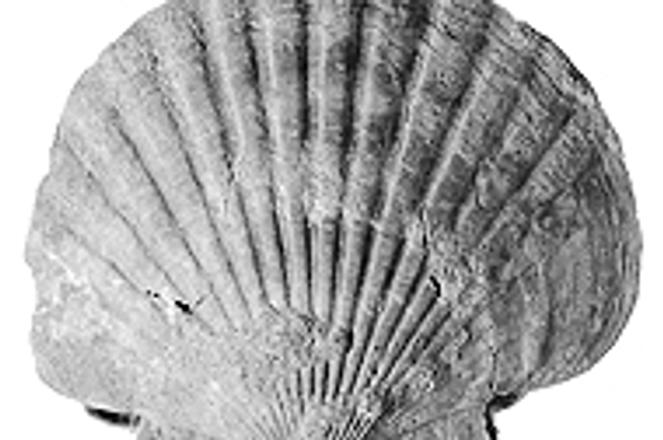A Scallop from the Sandberg site.photo: Andy Bezák
TO FIND traces of the time when Slovakia was covered by sea, some 14 to 16 million years ago, palaeontologists have had to delve deep into the earth. Fossils from the so-called Late Tertiary period have been located at three principal sites near Bratislava - Devínska Nová Ves, Devín and especially Devínska Kobyla, with its famous Sandberg site.
These traces of Slovakia's ancient past are housed in the palaeontology collection of the Natural History Museum of the Slovak National Museum (SNM). Nearly 356,000 fossils are in the collection, 10 percent of which is ancient sea deposits. So, in Slovakia, if you want to see the sea, visit the museum.
The Sandberg site, looking out onto the Danube River, is now a protected area.
It is built from the shore sediments of the Neogene Sea. Numerous findings, such as the thorn-like teeth of sharks, or button-like teeth of various fish, and the remains of skate jaw, can be found in the mix of coarse sands, gravel and sandstone. Mollusc remains lie embedded in the sandstone. The ribbed shells of scallops as well as the irregular shells of oysters occur very frequently.
Spiral shells of shellfish and the small caps that covered the shells are quite frequent at Sandberg, too. Fossilised sea urchins, crab claws, corals, small tubeworms or bunches of calcareous seaweed are among other findings from this site.
The most prolific collector from the sediments of the Negone Sea was Jozef Švagrovský, who gathered more than 19,000 pieces. His collection includes numerous species that have been scientifically classified for the first time in Slovakia and upon which he based his writings.
Teeth of sharks that lived in the Neogene Sea near Bratislava 14 to 16 million years ago.photo: Andy Bezák
The second largest collection is that of Štefan Mészaroš, with 6,219 pieces. Other significant marine collectors include Oskar Čepan (1,002 pieces), and Miroslav Hornáček's (849 pieces).
The reason Sandberg is a protected site today is because the massive hunting of fossils nearly devastated it. That is why the material from the SNM's collections and displays from older collections are even more precious today and definitely worth seeing.
Author: Anna Ižoldová

